Modulenotfounderror: No Module Named Torch
Overview of the ‘ModuleNotFoundError: No module named torch’ Error Message
The ‘ModuleNotFoundError’ exception is a common error message encountered by Python developers when a specific module or package is not found. In the case of the ‘No module named torch’ error, it indicates that the ‘torch’ module is not present in the current Python environment.
Understanding the ‘ModuleNotFoundError’ Exception
The ‘ModuleNotFoundError’ exception is raised when Python’s import mechanism is unable to locate a requested module. This exception occurs when the Python interpreter fails to find the specified module in the search path, which includes built-in modules, installed packages, and user-defined modules.
Common reasons for encountering this exception include incorrect or incomplete module installation, misspelling of the module name, conflicting versions or environments, and system-related issues. It is important to handle this exception gracefully as it helps developers identify and resolve any missing dependencies before executing the code further.
Exploring the ‘torch’ Module
The ‘torch’ module is a Python package that provides a wide range of functionalities for deep learning. It is particularly popular in the field of machine learning due to its efficient tensor computation and neural network support. Torch is built on top of the PyTorch framework, which is widely used for research and production in academia and industry.
Common use cases for the ‘torch’ module include building and training neural networks, conducting numerical computations efficiently, working with multi-dimensional arrays (tensors), and performing image and natural language processing tasks. The ‘torch’ module offers a high-level API that simplifies complex operations and allows developers to focus on their machine learning models.
Using ‘torch’ offers several benefits such as optimized performance for matrix multiplication and mathematical operations, GPU acceleration, automatic differentiation, support for distributed computing, and a rich ecosystem of pre-trained models and tools.
Possible Causes of the Error
1. Insufficient installation of the ‘torch’ module: The error may occur if the ‘torch’ module is not installed or is installed incorrectly. This can happen if the package was not installed via the correct package manager or if the installation process was interrupted.
2. Mistakenly using an incorrect module name: It is important to ensure that the correct module name is used when importing it into the code. Typos or misspelled module names can result in the ‘No module named torch’ error.
3. Conflicting versions or environments: Different versions of ‘torch’ or conflicting dependencies can lead to the error. It is crucial to maintain consistent versions across the dependencies and ensure that the correct version of ‘torch’ is installed.
4. System-related issues: In some cases, system-related issues such as insufficient permissions, corrupt Python installation, or compatibility issues with the operating system can cause the ‘No module named torch’ error.
Troubleshooting Steps
To resolve the ‘No module named torch’ error, follow these troubleshooting steps:
1. Verifying the installation of the ‘torch’ module: Check if the ‘torch’ module is installed by running the command ‘pip list’ or ‘conda list’ in the terminal/command prompt. Look for ‘torch’ in the list of installed packages.
2. Updating or reinstalling the ‘torch’ module: If the module is not installed or an outdated version is present, update or reinstall it using the appropriate package manager. For ‘pip’, use the command ‘pip install torch’ or ‘pip install –upgrade torch’. For ‘conda’, use ‘conda install torch’ or ‘conda update torch’.
3. Checking for spelling and case sensitivity errors: Ensure that the module name is spelled correctly and uses the correct case. Python is case-sensitive, so ‘torch’ and ‘Torch’ are considered separate modules.
4. Managing dependencies and versions: Check for dependencies and ensure that they are installed correctly and compatible with the ‘torch’ module. Use specific versions or create a virtual environment if necessary to avoid conflicts.
Advanced Solutions
In some cases, the ‘No module named torch’ error can have advanced causes and solutions. Consider the following:
1. Dealing with conflicting versions and environment issues: If multiple versions of ‘torch’ are causing conflicts, use virtual environments to isolate each project’s dependencies. This ensures that the correct version is utilized without interfering with other projects.
2. Virtual environments and isolation in Python: Virtual environments provide a way to isolate Python environments, allowing for separate installations of packages and avoiding conflicts. Use tools like ‘virtualenv’ or ‘conda env’ to create and manage virtual environments specific to projects.
3. Handling complexities with different operating systems: Some ‘torch’ installation issues may be specific to certain operating systems. Ensure that the necessary dependencies and system requirements are met according to the relevant documentation or community forums.
Alternative Solutions and Workarounds
If resolving the ‘No module named torch’ error becomes challenging or time-consuming, consider the following alternatives:
1. Exploring alternative libraries and frameworks: Look for alternative libraries or frameworks that provide similar functionalities. Some popular alternatives to ‘torch’ in the field of deep learning and machine learning are TensorFlow, scikit-learn, and Keras.
2. Utilizing similar modules or packages: If specific functionalities are required, search for modules or packages that provide those functionalities as standalone options. These alternative packages may not have the same scope as ‘torch’, but they can still be used to accomplish specific tasks.
3. Seeking community support and resolving issues collaboratively: Reach out to the Python community through forums, discussion boards, or open-source platform issues to seek assistance. Often, experienced developers can provide insights and guidance on how to resolve specific issues related to ‘torch’ or similar modules.
Preventive Measures
To avoid encountering the ‘No module named torch’ error, consider the following preventive measures:
1. Best practices for avoiding the ‘ModuleNotFoundError’ exception: Follow best practices for managing project dependencies, such as using virtual environments, specifying versions accurately, and documenting them for easy reference.
2. Documentation and version management: Maintain thorough documentation of project dependencies, including specific versions of ‘torch’ and other related modules. This enables easy replication and avoids confusion during future installations or updates.
3. Regularly checking for updates and upgrades: Stay up to date with the latest releases of ‘torch’ and its dependencies. Check for updates and upgrades periodically to ensure compatibility and access to new features and bug fixes.
In Conclusion
The ‘ModuleNotFoundError: No module named torch’ error can be a frustrating obstacle when working with Python and deep learning projects. However, with a clear understanding of the error’s causes and effective troubleshooting steps, it is possible to resolve the issue and continue developing machine learning models with the ‘torch’ module. By following best practices, seeking community support, and exploring alternative solutions if necessary, developers can overcome this error and improve their Python programming skills.
Python | Anaconda: Modulenotfounderror: No Module Named ‘Torch’ #4827
Keywords searched by users: modulenotfounderror: no module named torch Pip install torch, Install torch, Conda install torch, Import torch could not be resolved, Install torch CUDA, Install torchvision, PyTorch, Torch not compiled with CUDA enabled pycharm
Categories: Top 51 Modulenotfounderror: No Module Named Torch
See more here: nhanvietluanvan.com
Pip Install Torch
Introduction
PyTorch, often referred to as torch, is a popular open-source machine learning framework that facilitates the creation and execution of deep learning models. It offers a dynamic computation graph and support for GPU acceleration, making it a preferred choice among researchers and practitioners in the deep learning community. In this article, we will delve into the process of installing PyTorch using pip, a package manager for Python.
Why Use Pip?
Pip is a package management system used to install and manage software packages written in Python. It simplifies the process of installing external libraries, dependencies, and frameworks for Python projects. One of the major advantages of using pip is its extensive repository of pre-built packages, making it easy to install and manage libraries like PyTorch.
Installing PyTorch with Pip
Before proceeding with the installation, ensure that Python is installed on your system. The process is straightforward and can be done by visiting the official Python website and downloading the latest stable version for your operating system.
Once Python is installed, you can open a terminal or command prompt and begin the process of installing PyTorch. Pip comes pre-installed with Python 3.4 and above, so you won’t need to download it separately. To install PyTorch, use the following command:
$ pip install torch
This command will automatically download PyTorch along with its dependencies, such as numpy, which is a fundamental requirement for scientific computing in Python. The installation process may take a few minutes, depending on your internet connection speed.
To make use of GPU acceleration with PyTorch, you will also need to install CUDA, which is NVIDIA’s parallel computing platform. It allows the execution of computations on GPUs, significantly speeding up deep learning tasks. However, CUDA installation is beyond the scope of this article.
Verifying the Installation
After the installation completes successfully, you can verify that PyTorch has been installed by opening a Python interpreter and importing the torch module. The interpreter can be accessed by typing “python” in your terminal or command prompt. Once in the interpreter, use the following command:
>>> import torch
If there are no error messages, PyTorch has been installed successfully. Congratulations! You are now ready to start leveraging the power of PyTorch for your machine learning projects.
Frequently Asked Questions (FAQs)
Q1. Can I install PyTorch on Windows?
Yes, PyTorch supports Windows, macOS, and Linux operating systems. The installation process using pip remains the same, regardless of the operating system you are using.
Q2. Does PyTorch work with both Python 2 and Python 3?
Yes, PyTorch is compatible with both Python 2 and Python 3. However, it is strongly recommended to use Python 3 for new projects, as Python 2 is approaching its end of life.
Q3. What is the difference between pip and conda?
Pip and conda are package managers for Python, but they have some differences. Pip is the default package manager that comes with Python, and it can install packages from the Python Package Index (PyPI). Conda, on the other hand, is a cross-platform package manager that can install packages from various channels, including Anaconda Cloud, as well as manage environments. While pip is sufficient for installing PyTorch, conda can be useful for managing complex environments and handling dependencies.
Q4. Are there any additional tools or libraries that complement PyTorch?
PyTorch has a rich ecosystem with various libraries and tools that make the development process more efficient. Some popular libraries that work well with PyTorch include torchvision, for computer vision tasks, and torchtext, for natural language processing applications. Additionally, libraries such as TensorBoardX and PyTorch Lightning provide convenient functionalities for visualization and model training.
Q5. How can I upgrade my existing PyTorch installation?
To upgrade PyTorch to the latest version, you can use the following pip command:
$ pip install –upgrade torch
By specifying the “–upgrade” flag, pip will download and install the latest available version of PyTorch, replacing the existing installation.
Conclusion
Installing PyTorch using pip is a straightforward process that allows you to quickly set up the framework and begin working on your deep learning projects. The ease of installation and the extensive community support make PyTorch an inviting choice for researchers and developers alike. Additionally, the provided FAQs section addressed common questions and provided further insights into PyTorch and its ecosystem. With PyTorch installed, you are now equipped to explore the fascinating world of deep learning and unleash the power of neural networks.
Install Torch
Torch is a widely popular open-source machine learning library that offers a range of tools and functions for building cutting-edge deep neural networks. With its ease of use and efficient performance, Torch has gained traction among researchers and developers in the AI community. In this article, we will walk you through the step-by-step process of installing Torch on your machine, be it Windows, macOS, or Linux. Additionally, we will address some frequently asked questions that may arise during the installation process.
Installation on Windows
1. Before proceeding with the installation, ensure that you have the latest version of Python installed on your Windows machine. You can download it from the official website and follow the installation instructions.
2. Once Python is installed, open the command prompt and run the following command to install Torch:
“`
pip install torch
“`
This command will automatically download and install the latest version of Torch along with its dependencies.
3. To verify the successful installation, open a Python interpreter and import Torch by running the following command:
“`
import torch
“`
If there are no error messages, congratulations! Torch has been installed on your Windows machine.
Installation on macOS
1. Like Windows, ensure that you have Python installed on your macOS machine. You can download the latest version from the official website and follow the installation instructions.
2. Open a terminal and run the following command to install Torch using pip:
“`
pip install torch
“`
This command will initiate the download and installation of Torch and its dependencies.
3. Similarly, you can verify the installation by opening a Python interpreter and importing the Torch library using the command:
“`
import torch
“`
If no errors occur, Torch has been successfully installed on your macOS machine.
Installation on Linux
1. First, make sure that Python is installed on your Linux machine. You may use the package manager provided by your distribution (e.g., apt for Ubuntu, dnf for Fedora) to install Python.
2. Once Python is installed, open a terminal and run the following command to install Torch:
“`
pip install torch
“`
Linux distributions usually come with pip preinstalled. However, if pip is missing, you can install it using the package manager you used to install Python.
3. Finally, verify the installation by opening a Python interpreter and importing the Torch library using the command:
“`
import torch
“`
If no errors occur, Torch has been successfully installed on your Linux machine.
Frequently Asked Questions (FAQs)
Q1. Is Torch compatible with GPUs?
Yes, Torch is compatible with GPUs and can utilize their power to accelerate training and inference processes. Torch provides CUDA, a parallel computing platform and API model developed by NVIDIA, which allows you to seamlessly utilize NVIDIA GPUs.
Q2. Can I use Torch with other deep learning libraries like TensorFlow or PyTorch?
While Torch is a standalone library, it is possible to use it alongside other popular deep learning libraries. Developers often leverage Torch for its specific set of tools or functions, and then integrate their work with other libraries for a more comprehensive deep learning pipeline.
Q3. I encountered errors during the installation. What should I do?
If you encountered errors during installation, make sure you have followed all the prerequisites and dependencies mentioned on the official Torch website. Additionally, you can consult the community forums and documentation for troubleshooting guidance. It is also recommended to ensure that your system meets the minimum hardware and software requirements for Torch.
Q4. How can I update Torch to the latest version?
To update Torch to the latest version, you can simply run the following command:
“`
pip install –upgrade torch
“`
This will upgrade the existing installation to the latest available version of Torch.
Q5. Can I install Torch using Conda?
Yes, Torch can be installed using Conda, a popular package management system that is commonly used in the Python community. To install Torch using Conda, you can run the following command:
“`
conda install pytorch torchvision torchaudio cudatoolkit=
“`
Replace `
In conclusion, installing Torch on your machine allows you to leverage its powerful machine learning capabilities and build state-of-the-art deep neural networks. By following the step-by-step guide provided in this article, you can easily install Torch on Windows, macOS, or Linux, enabling you to embark on your own machine learning journey.
Images related to the topic modulenotfounderror: no module named torch
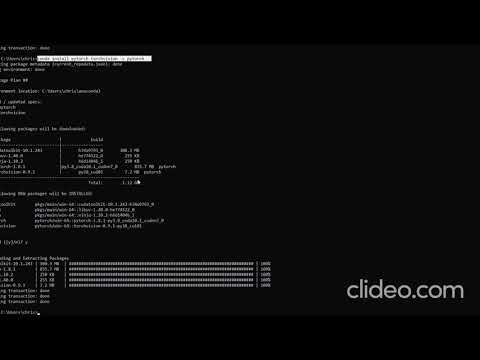
Found 13 images related to modulenotfounderror: no module named torch theme










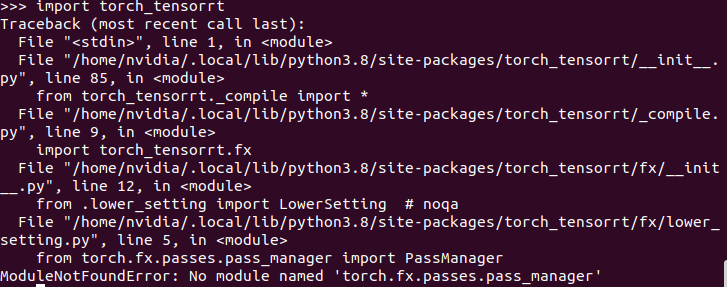






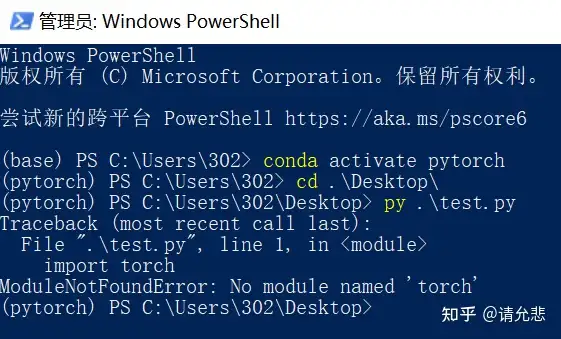

![Modulenotfounderror no module named torch [SOLVED] Modulenotfounderror No Module Named Torch [Solved]](https://itsourcecode.com/wp-content/uploads/2023/03/image-4.png)



![python] ModuleNotFoundError: No module named 'torch' Python] Modulenotfounderror: No Module Named 'Torch'](https://blog.kakaocdn.net/dn/cEwhtn/btrGNCqOQa9/54zrlqKwKrgWGyFN0Tjvkk/img.png)

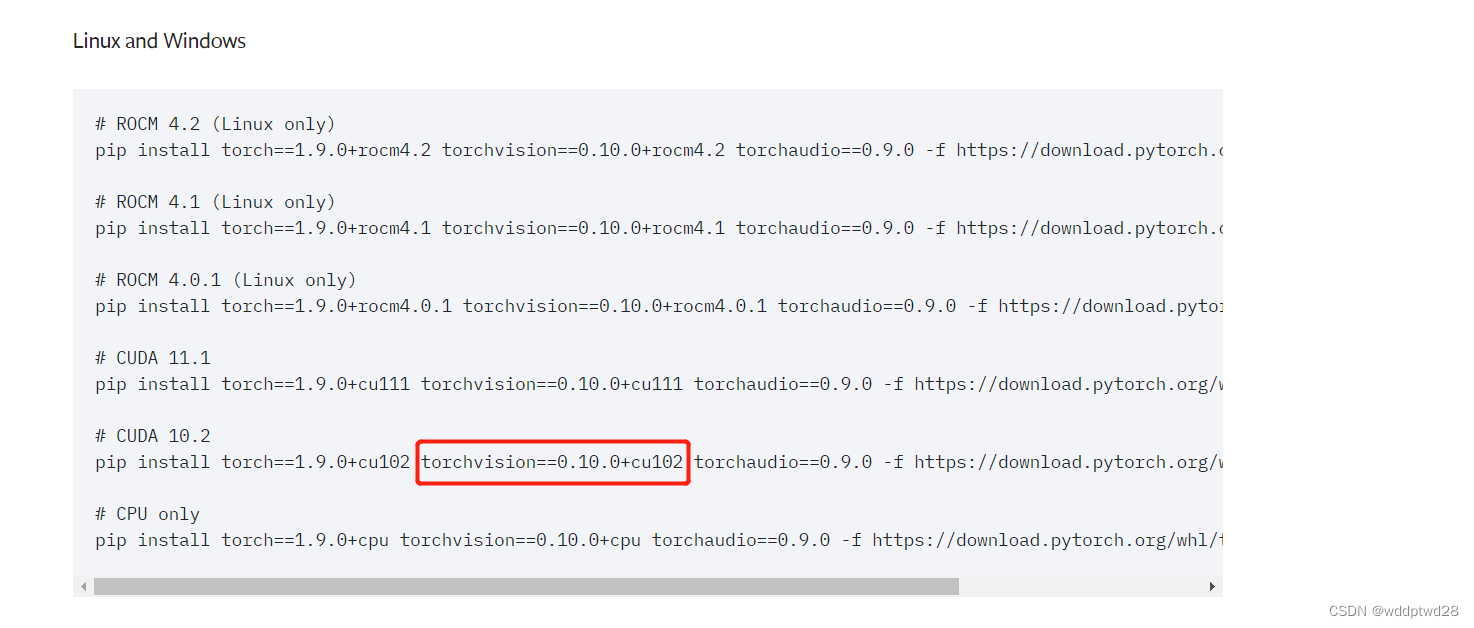



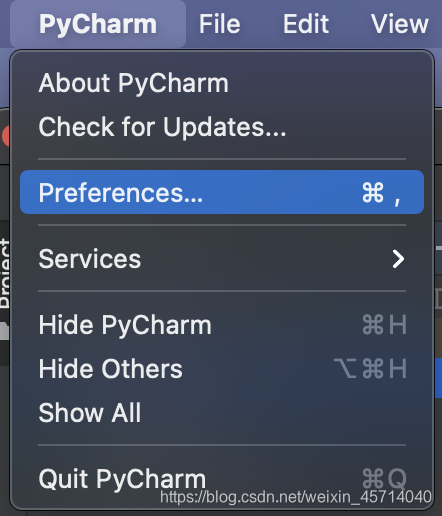


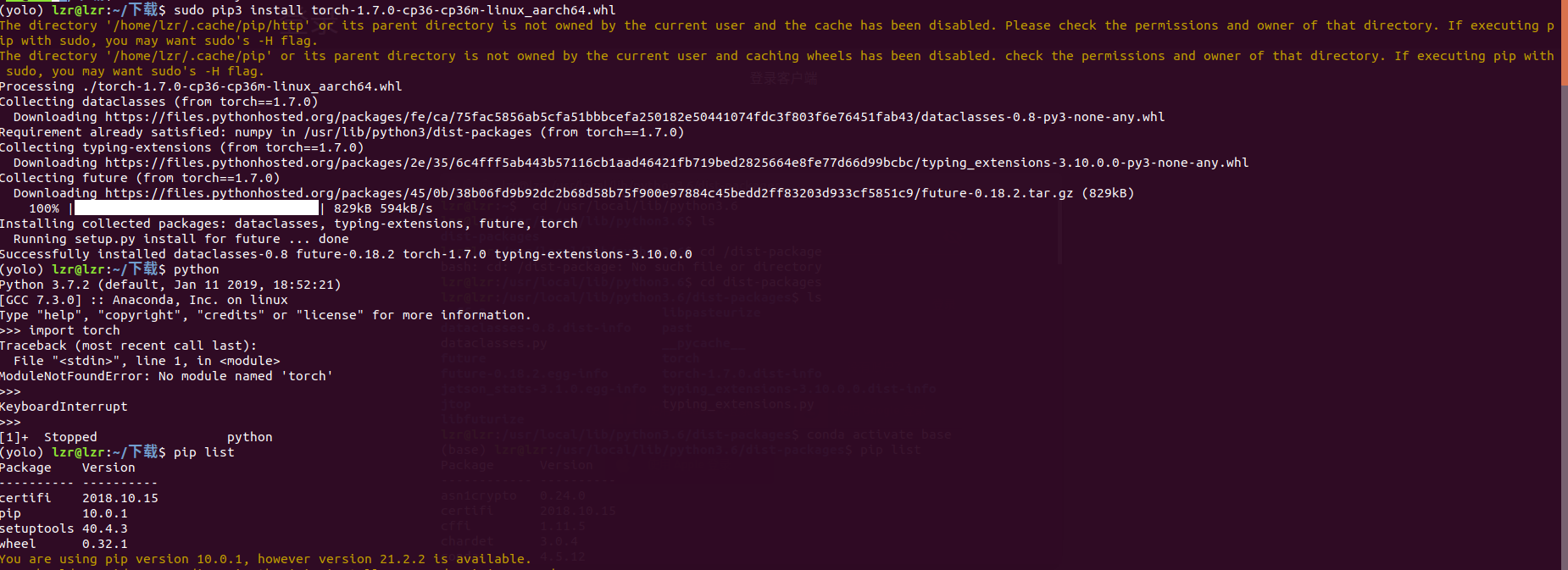


_python-module-solved-9234modulenotfounderror-no-module-named9234-error.jpg)


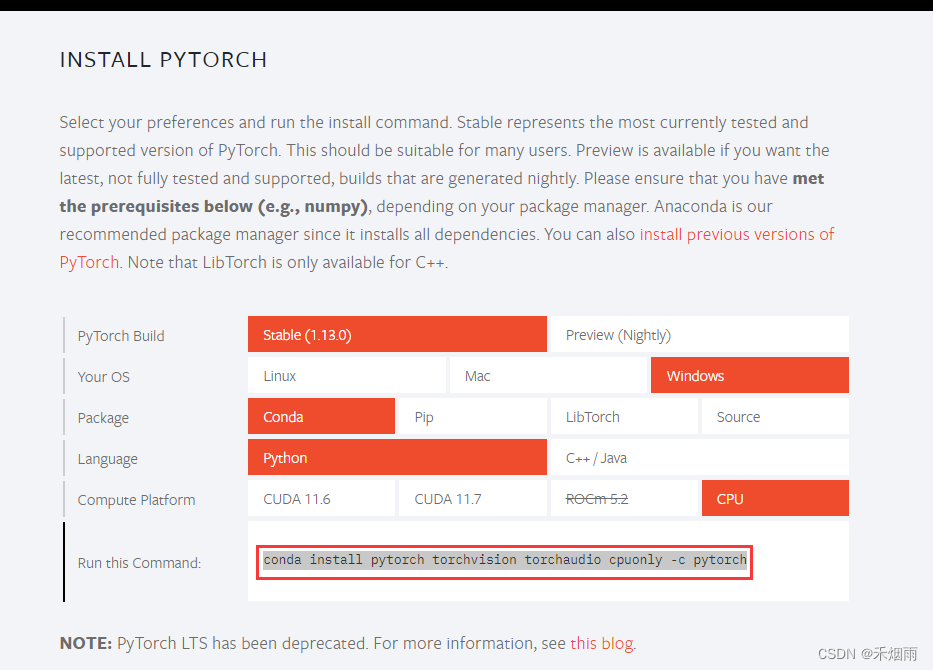

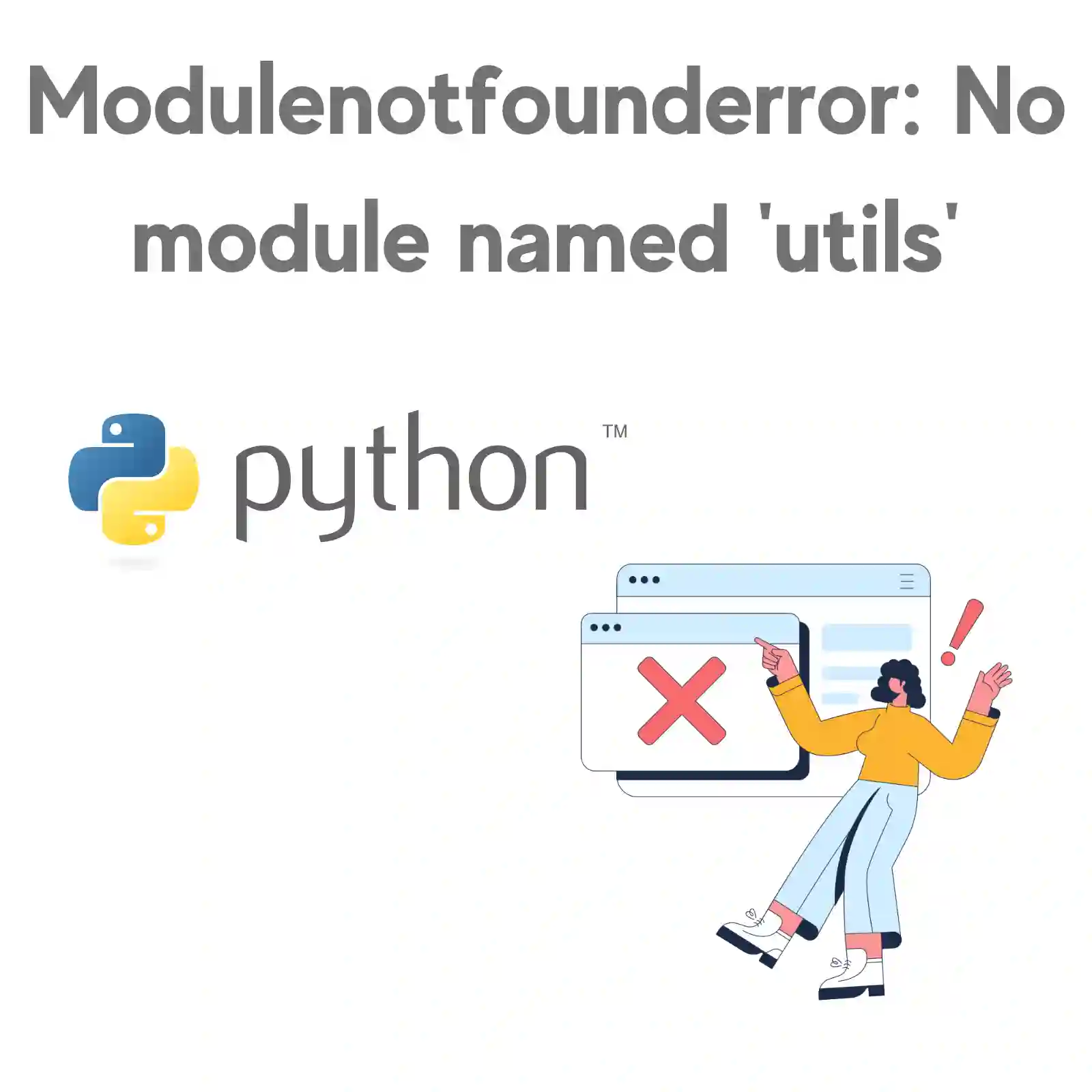
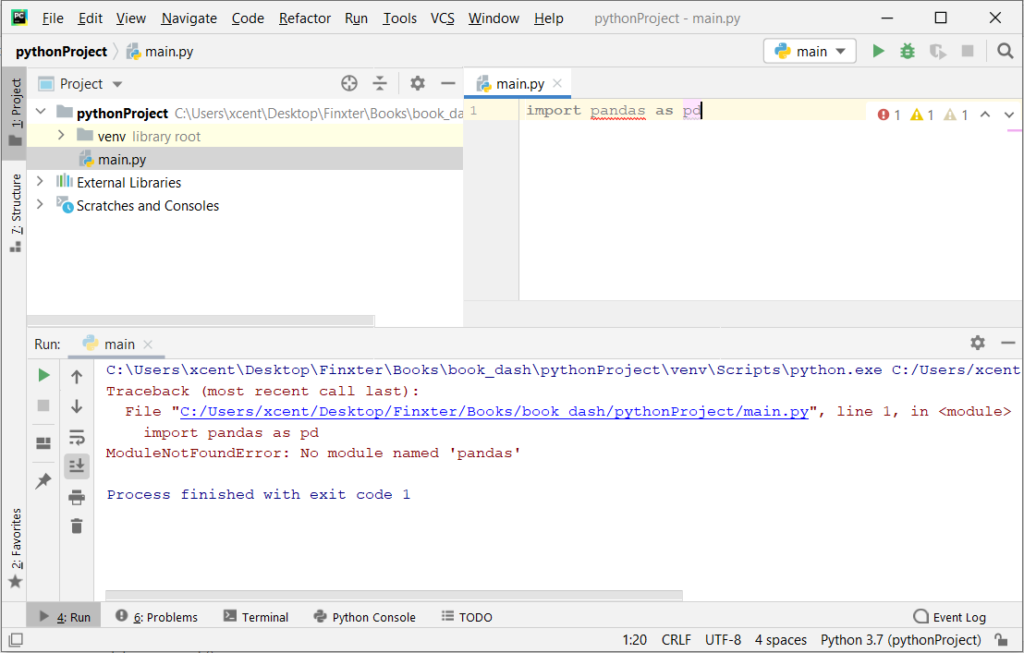

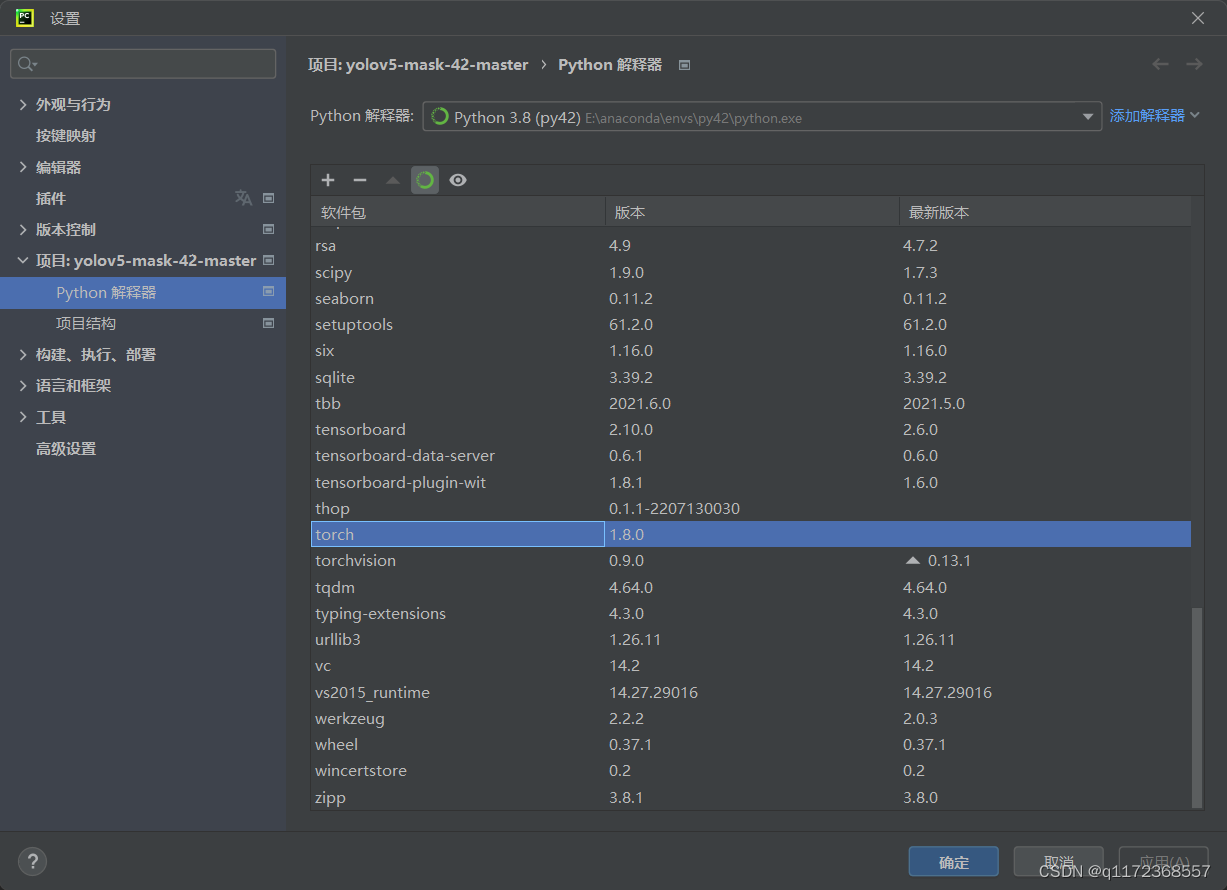

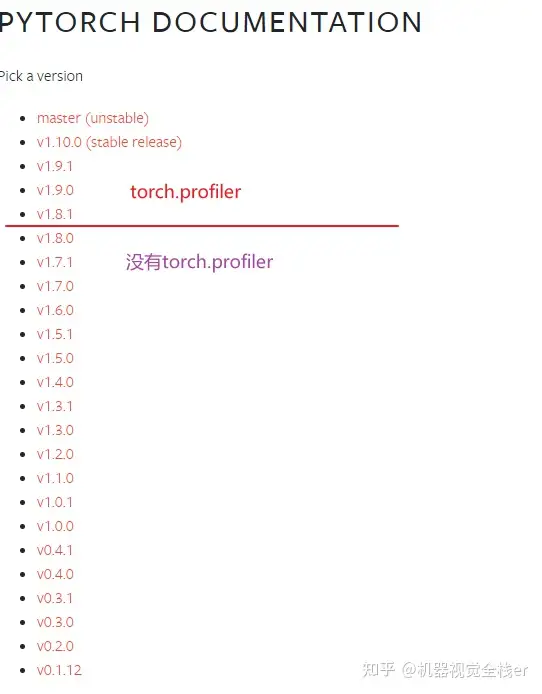


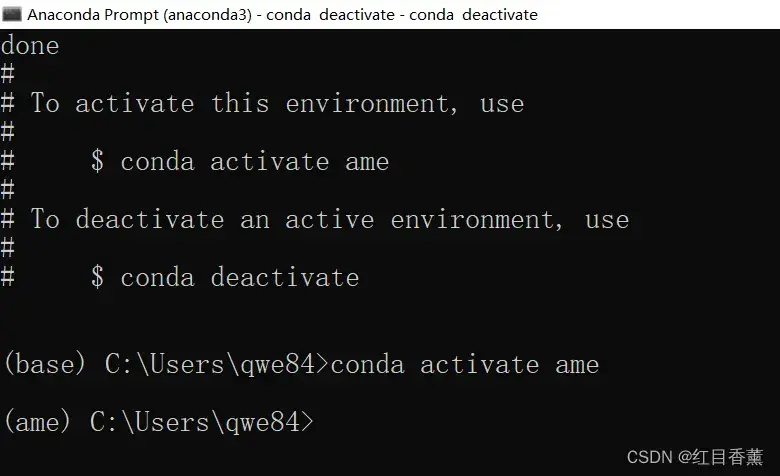
Article link: modulenotfounderror: no module named torch.
Learn more about the topic modulenotfounderror: no module named torch.
- python – No module named “Torch” – Stack Overflow
- Python ModuleNotFoundError: No Module Named ‘torch’
- Modulenotfounderror: No module named ‘torch’ (Fix the error)
- No module named ‘torch’ even if I installed it in multiple …
- Modulenotfounderror no module named torch in Python
- No module named ‘torch’ ( Ubuntu 18.04, python 3 )
- No module named ‘torch’ error – Educative.io
- No Module Named Torch: Troubleshooting The Missing Torch …
See more: https://nhanvietluanvan.com/luat-hoc